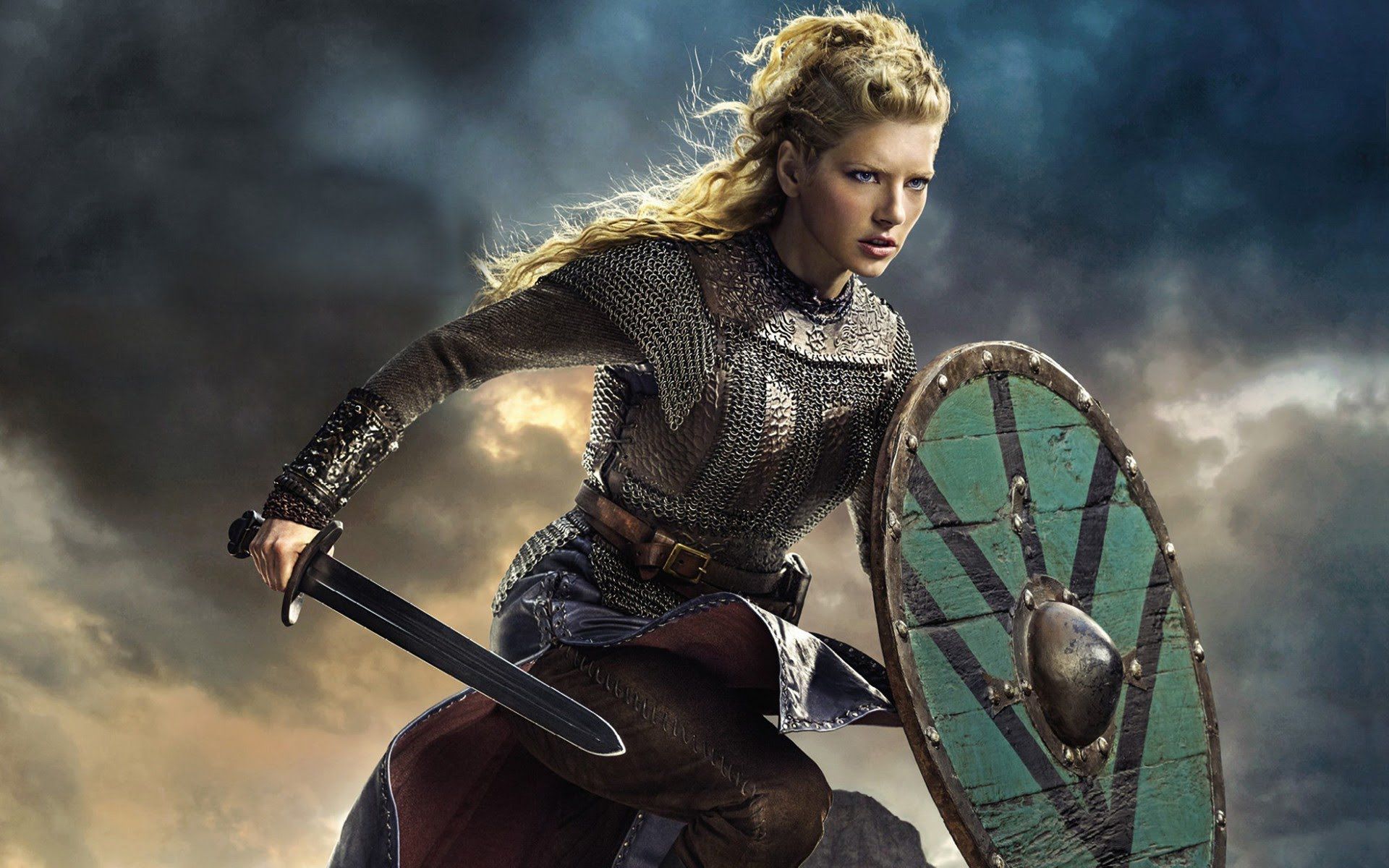DNA Evidence, High-Ranking Viking Military Leader Was A Woman
Bias is in the eye of the beholder.
Given the newly unearthed evidence, History’s “Vikings” has got it all wrong and should have had Gal Gadot playing the lead instead.
Yep. You read that right.
In the 1880s, a fascinating grave was discovered in the Swedish town of Birka. Chock full of weapons, gaming equipment, and two horses, the 10th century AD burial was assumed to be that of a powerful male Viking warrior who led the troops onto the battlefield.
Viking era tales of fearsome female warriors fighting side-by-side with men have long aroused suspicions that women may, too, have dominated the battlefield. But, with little evidence to prove their presence, the idea has remained controversial, and many have dismissed it as folklore.
But now, a new study published today in the American Journal of Physical Anthropology finds that the warrior was a woman—the first high-status female Viking warrior to be identified.
Excavators first uncovered the battle-ready body among several thousand Viking graves near the Swedish town of Birka, but for 130 years, most assumed it was a man—known only by the grave identifier, Bj 581. The warrior’s DNA proves her sex, suggesting
a surprising degree of gender balance in the Vikings’ violent social order.“Though some Viking women buried with weapons are known,” the researchers said, “a female warrior of this importance has never been determined, and Viking scholars have been reluctant to acknowledge the agency of women with weapons.”
“The results call for caution against generalizations regarding social orders in past societies,” writes lead researcher Charlotte Hedenstierna-Jonson of the the university’s department of archaeology and ancient history. “At Birka, grave Bj 581 was brought forward as an example of an elaborate high-status male warrior grave. This image of the male warrior in a patriarchal society was reinforced by research traditions and contemporary preconceptions. Hence, the biological sex of the individual was taken for granted.”
The researchers tested both a tooth root and the upper arm bone from the burial. Both samples returned with clear evidence of biological sex — two X chromosomes, and no Y chromosomes. The mtDNA haplogroup came back as T2b, which is common in England, Iceland, and Scandinavia.
This finding should make all archaeologists question previous identifications of the sex of Viking warriors. In the past, numerous preconceptions have prevented the full study of possible female warriors.
The researchers acknowledge that the presence of weapons at the grave site doesn’t definitively prove the deceased was a warrior. They also note that no such doubts are raised when weapons are found surrounding men.
However, what makes this particular grave unique is the fact that the weapons are just part of the story—two horses and a strategic board game were also found. Researchers say these are indicative of an individual with leadership responsibilities, involved in battle strategy and tactics. Based on the layout of the grave, and the lack of artifacts associated with female burials, they believe the weapons belonged to the female buried there and that she was a high-ranking fighter.
Alas, gender bias lives on. But now that science has opened up a new view into history, and hopefully it’s only a beginning. There are more biases left to be busted, but at least now we know for sure that women could be Viking warriors.



























